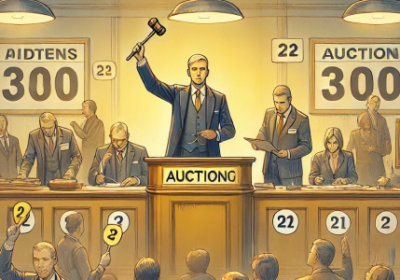Discover Hidden Gems: Master the Art of Selling Priceless Collectibles and Antiques Online

Welcome to the fascinating world of collectibles and antiques, where every item has a story and every sale is a piece of history changing hands. Whether you’re an experienced collector or a newcomer looking to dive into the world of online auctions, understanding how to effectively market your treasures is key to achieving top dollar and captivating the right buyers.
Understanding Your Audience
The first step in any successful marketing strategy is to know your audience. Collectibles and antiques attract a diverse group of people, from dedicated collectors and historians to interior designers and casual enthusiasts. By identifying the interests and behaviors of these different groups, you can tailor your marketing messages to resonate deeply, ensuring your auctions attract serious bidders who are willing to pay for quality.
Photography and Presentation
A picture is worth a thousand words, and in the world of online auctions, it could also be worth thousands of dollars. High-quality, detailed photographs are crucial for showcasing the beauty and uniqueness of your items. Effective photography goes beyond simple snapshots; it involves careful staging, proper lighting, and multiple angles that highlight the item’s best features. While I keep my specific photography techniques reserved for our own listings, remember that clarity and lighting are your best friends.
Crafting Compelling Descriptions
Your item’s description should do more than just inform—it should entice. Providing a detailed, accurate description is crucial, but there is an art to revealing just enough to keep potential buyers intrigued. Discuss the item’s history, its condition, and its rarity, but consider holding back just enough detail to encourage direct inquiries, adding an element of mystery that can drive engagement.
Leveraging Social Media and Online Platforms
Social media is a powerful tool for reaching out to potential buyers. Platforms like Instagram and Facebook are perfect for sharing stories about the items, while Pinterest can be a haven for attracting design-focused individuals. Regular posts that engage users, such as behind-the-scenes looks into the auction process or previews of upcoming items, can create buzz and build anticipation. Specific strategies vary, but the goal is always to create connections and draw traffic to your auctions.
Building Credibility and Trust
Trust is paramount in the world of antiques and collectibles. Buyers must feel confident in both the authenticity and condition of the items they’re considering. As a recognized k-bid.com affiliate, we have built a trusted platform where each auction is handled with the utmost integrity and attention to detail. Our loyal bidder base knows that auctions listed with us meet high standards of transparency and authenticity. Provenance and authenticity are openly shared, ensuring that every potential buyer has all the necessary information to make informed decisions. Engaging regularly with our audience also helps to reinforce our reputation as reliable and knowledgeable sellers, further enhancing buyer confidence and loyalty.
SEO Best Practices
Optimizing your content for search engines is a subtle yet powerful way to increase the visibility of your auctions. Use relevant keywords related to antiques and collectibles but focus on long-tail keywords that attract more qualified buyers. While I won’t divulge our most successful keywords, I recommend using tools like Google AdWords to research and refine your SEO strategy.
Conclusion
Effective marketing is an art form, especially in the niche market of collectibles and antiques. By understanding your audience, presenting your items effectively, crafting compelling descriptions, leveraging digital platforms, building trust, and optimizing for search engines, you can significantly enhance the visibility and success of your online auctions. Visit our site to see these principles turned into action, and watch as history finds its new home.



Leave a Reply